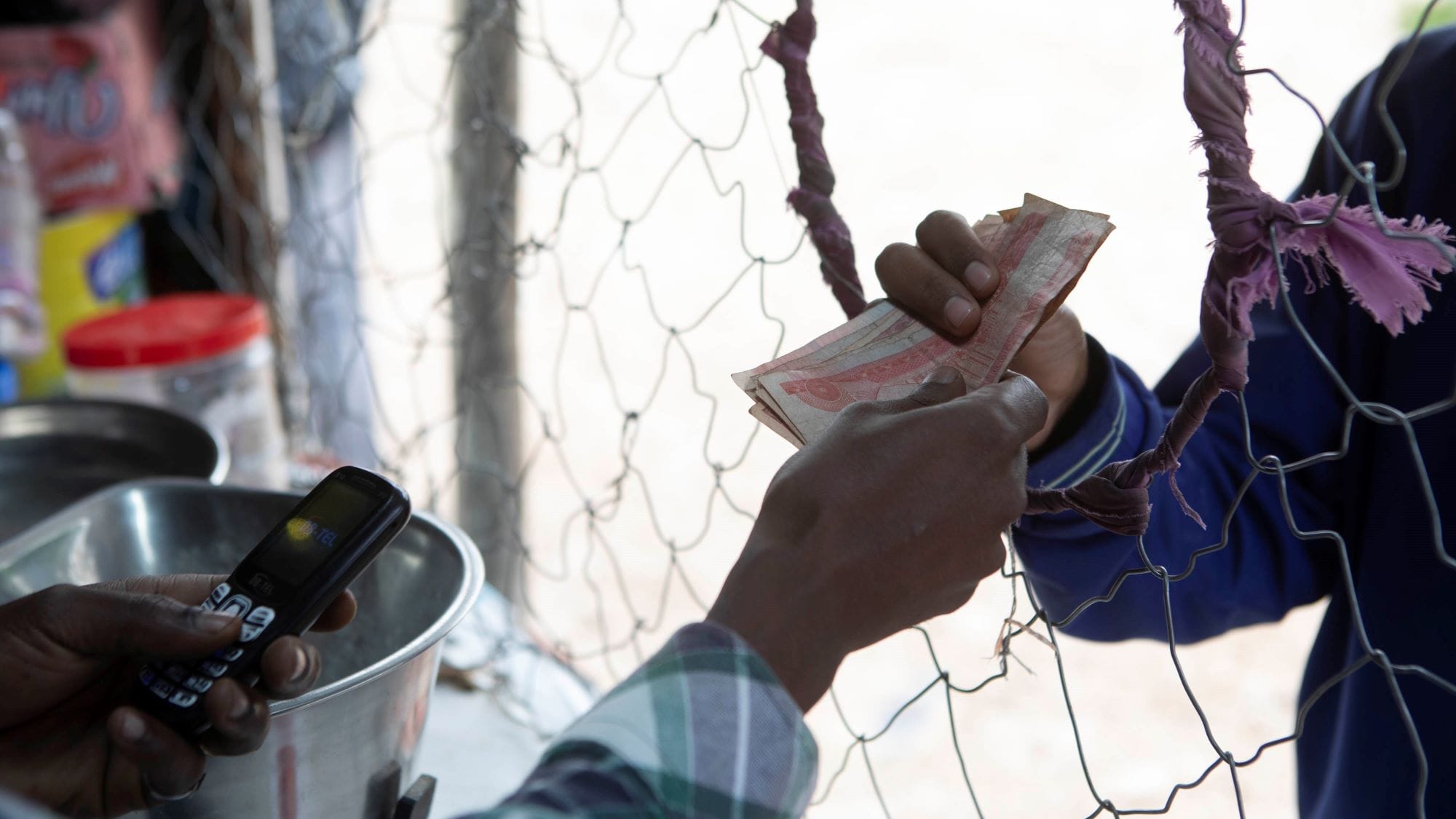Land rights are largely taken for granted in the developed world. Yet for many people in developing nations, land rights have no reality. In the developed world, land rights are almost always recorded in secure registers, but this is not the case elsewhere. The World Bank estimates that only about 10 percent of rural land in Sub-Saharan Africa is formally registered, with the remainder undocumented and informally administered.
The establishment and registration of formal or customary rights of occupancy are essential building blocks in ensuring people have security so that they are then protected from forced evictions or a denial of their occupancy right. Consequently, they are able to pass on these land rights to others through inheritance or transfer. Various studies have shown that tenure security encourages people to invest more in their land, leading to greater productivity (whether it be agricultural land or urban retail property). Ultimately, this investment translates into increased household income and reduced poverty.
In recent years, we have seen a global shift in how large-scale registration of land rights is brought about. DAI is leading this global change by championing the low-cost “fit for purpose” approach to mass registration, which has been used to identify, demarcate, and register millions of land parcels at an average cost of less than US$10 per parcel—all in highly compressed time frames.
In Rwanda, DAI completed the registration of more than 10 million parcels in less than five years; in Ethiopia, we are embarking on a similar project that will cover more than 14 million parcels. In both cases, the approach is community based and highly participatory. In other countries such as Cape Verde, Mozambique, and Tanzania, DAI has harnessed new technology (watch video below for more) to make field data collection simpler and faster.
Some interesting lessons have emerged from this unique experience, and we hope to share these insights in the Making Land Rights Real series of articles, beginning with four articles covering a range of contexts:
- Owen Edwards captures much of the “best practice” developed through the new low-cost approach and emphasises the need for the process to reach all parts of the community and include all possible claimants.
- Sarah Maguire and the late Alice Lahai present an interesting case from a U.K. Department for International Development (DFID) project in Sierra Leone. Although the project was centred on security and justice issues, it found that a key way to strengthen women’s empowerment in the community is to improve their land rights.
- This link between land rights and women’s empowerment is further supported by a recent DFID-commissioned rapid evidence assessment carried out by DAI as part of the Evidence on Demand programme. Led by Geoffrey Payne, the DAI team carried out an extensive literature search to look at policies, strategies, and interventions that foster security of tenure and respect for legitimate land rights. We also looked at how investments have taken into account existing legitimate land rights in developing countries. Richard Baldwin, DAI’s Global Practice Lead for Land Tenure and Property Rights, describes the findings of that study, which show that titling and registration have been by far the most successful strategy in protecting land rights, and that clarification of land rights has a significant impact on women’s empowerment. These findings argue strongly that the link between women’s empowerment and secure land rights should be more strongly emphasised in development programmes.
- While we consider land rights as a developing world issue, there are also issues closer to home. Karol Boudreaux provides a case study describing a landmark case where historical claims by indigenous people in Canada have finally been recognised—making their land rights real at last.
We look forward to sharing additional articles in the coming months as part of this series.





